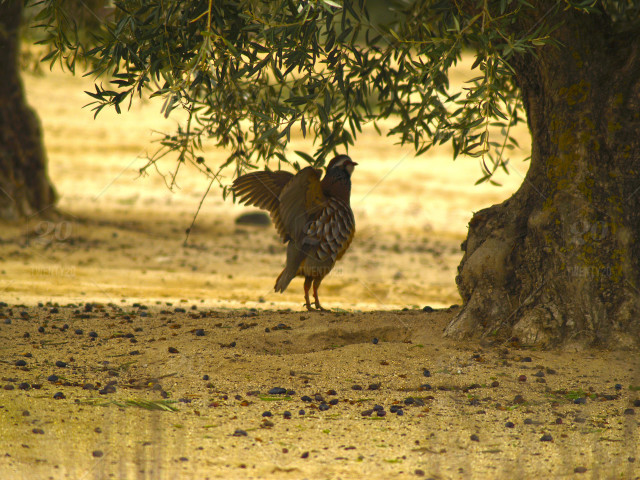Previously in our most recent posts, we have talked about safety in the red-legged partridge driven hunt and we gave some tips for driven hunt in Spain. Nevertheless, in this new post we are going to talk about how to distinguish the partridge gender. Although it is a complex topic to discuss, let’s see some tips to make easier this differentiation.
How to identify a partridge’s gender
It is important to keep in mind that there have been many cases of confussion about the partridge’s gender along the years. For instance, there are many known cases about hunters that have gathered all their partridges together in the same cage, thinking that all of them were males. After a while, they realized that one of the partridges had laid an egg, so there was no way that it was a male.
Anyway, let’s focus on some tips in order to avoid a possible confussion in the future:
– Neck: female partridges usually have smaller and shorter feathers than the male partridges.
– Size: males are usually bigger and they walk erect, trying to show dominance. Female partridges are smaller and walk with her head down.
– Beak: female’s beak is usually thinner, one of the most characteristic differences between female and male partridges.
– Behaviour: male partridges are aggressive and more dangerous than female partridges. Females tend to be more wary and slippery.
– Legs: maybe the principal difference between them: females fingers are shorter than males fingers.
We hope this tips will help you to identify what kind of partridge you hunt. If you are interested in red-legged partridge hunt, you can contact us and test your new knowledge!



Recent Comments